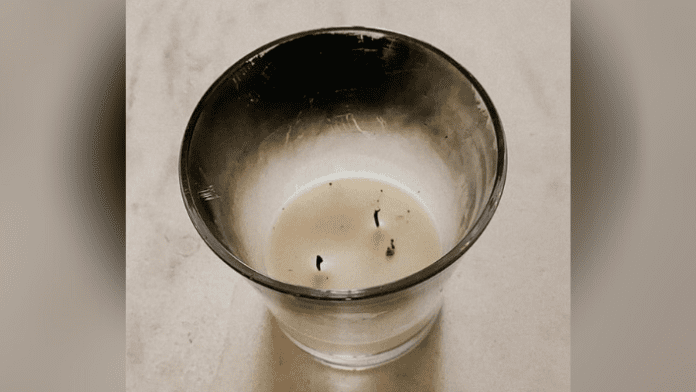Candles can create a warm and inviting atmosphere, with their pleasant scents and soothing light. Scented candles are especially popular, with a wide variety of scents to choose from.
However, burning candles can also release harmful pollutants into the air. This is because incomplete combustion occurs when a flame does not have enough oxygen to completely burn the fuel. Incomplete combustion produces soot, which is a mixture of carbon, aerosolized chemicals, and tar-like substances.

The amount of soot produced depends on a number of factors, including the type of candle wax, the size of the wick, and the height of the candle container. Candles with metal wicks and tall containers are more likely to produce soot and cause indoor air pollution.
Individuals with allergies or asthma may be particularly sensitive to candle emissions. This is because natural fragrance extracts can be more potent allergens than synthetic fragrances.

In order to minimize the health risks associated with candle smoke, it is important to limit the number of candles burned in your home and to choose unscented, fragrance-free, and uncolored candles made from highly-refined wax. It is also important to burn candles in a container that does not extend above the candle’s wick.

To summary:
- Burn candles in moderation.
- Choose unscented, fragrance-free, and uncolored candles made from highly-refined wax.
- Burn candles in a container that does not extend above the candle’s wick.
- Do not leave a flame unattended.
By following these tips, you can enjoy the benefits of candles without putting your health at risk.
Reference- National Geographic, The Guardian, ScienceDirect






